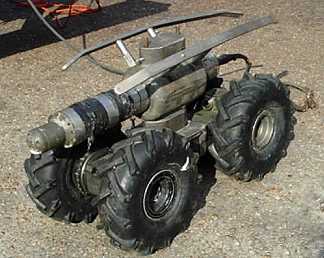Sonar Inspection

In the past, pipes and storm drains filled with murky water have been left un-inspected due to the high cost and potential down time involved with the process. As pipelines around the world are deteriorating, it has become a necessity to inspect them. With sonar pipeline profiling, this task has become amazingly fast and affordable, while achieving outstanding results.
The Sonar signal is digital. The final video recording is MPEG video of the combined CCTV and Sonar image. The sonar operates at 2MHz, a frequency optimized for use in surcharged sewers as a result of the propagation study undertaken at Bath University. It has a beam-width of either 1.1 degrees for the 40mm transducer or 1.8 degrees, which ensures that the finest detail from the internal surface of the pipe is recorded. Pitch and Roll sensors inside the scanner record the attitude of the sonar to a resolution of 0.1°.
The equipment comprises an underwater scanning transducer and a sonar processor CPU. The underwater scanning unit is housed in a stainless steel pressure vessel which is rated at 1000m working depth. As the scanner is moved through the pipe an indication of the distance traveled is shown on the screen allowing for accurate determination of the location of defects in the pipe. Internal sensors monitor and display Pitch and Roll indicators in analogue and digital form on the screen to show the orientation of the transducer unit.